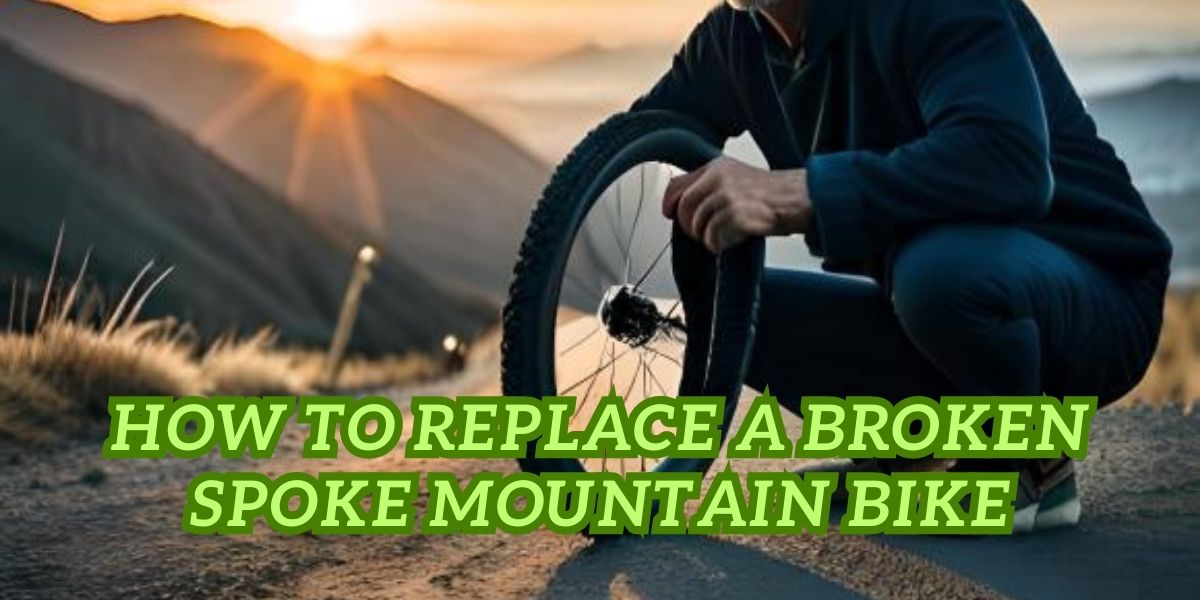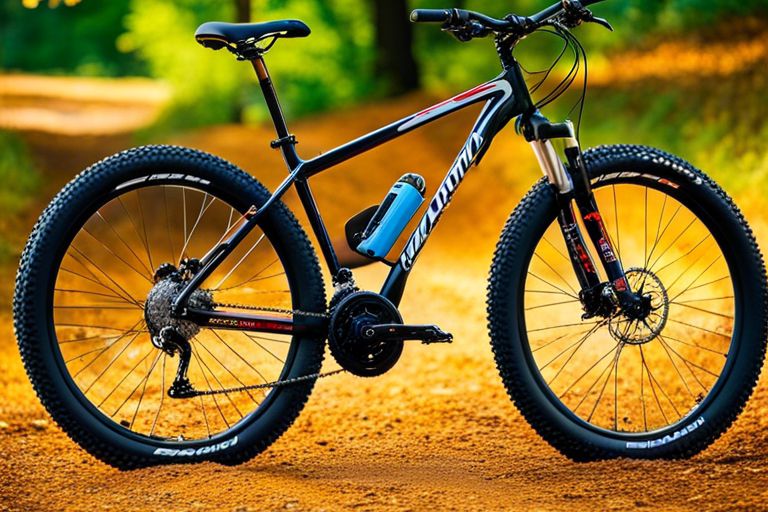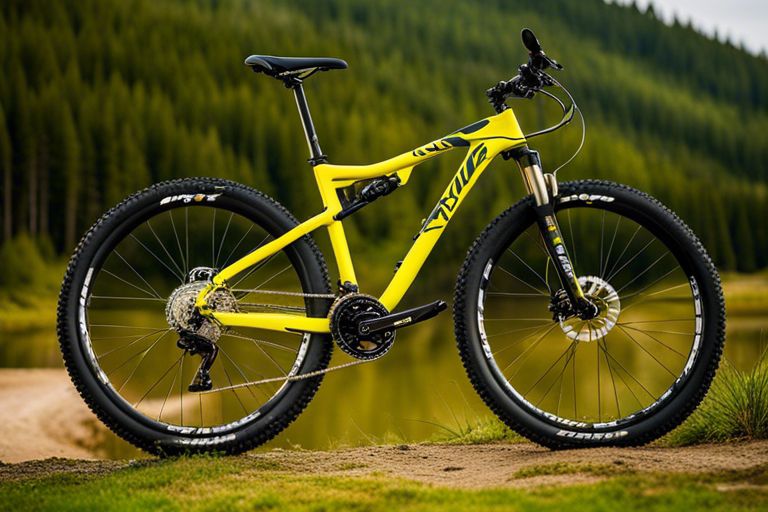Gravel bikes are designed for riding on unpaved surfaces such as gravel roads and trails. They typically have wider tires for better traction and stability, lower gearing for climbing, and disc brakes for better stopping power. Mountain bikes are designed for riding on technical off-road trails and are optimized for suspension, braking, and climbing. They usually have wider tires, more suspension travel, and more aggressive geometry.
Gravel bikes and mountain bikes serve different purposes. Gravel bikes are designed for long-distance rides on unpaved roads, while mountain bikes are built for off-road trails.
Gravel bikes have a longer wheelbase and wider tires that provide stability on rough terrain, while mountain bikes have knobby tires that offer traction on rocks and roots.
Understanding the differences between these two bikes is important before making a purchase decision. Doing so lets you choose the bike that best suits your needs and the terrain you plan to ride.
Table of contents
Contents
Gravel Bike vs. Mountain Bike: Understanding the Differences
Gravel and mountain bikes are two popular types of bicycles that cater to different cycling disciplines. A gravel bike is designed for riding on unpaved or rough roads, with features that provide comfort, stability, and speed.
It has wider tires than road bikes and a more upright riding position for better visibility. Gravel bikes also have a longer wheelbase, which helps them handle uneven terrain better.
On the other hand, mountain bikes are built for off-road adventures on rugged trails with steep inclines and technical obstacles. They have sturdy aluminum or carbon fiber frames that withstand heavy impact from rocks and roots.
Mountain bikes have suspension systems that absorb shocks from rough terrain to give riders a smoother ride. The tires are knobby and wide to provide excellent traction and grip on loose surfaces like mud or sand.
While gravel and mountain bikes share some similarities in terms of durability, they differ significantly in their intended use. Gravel bikes excel at covering long distances at high speeds on unpaved roads without compromising comfort and stability.
In contrast, mountain bikes thrive in challenging terrains where technical skills like jumping or descending steep slopes are necessary. Ultimately, the choice between the two will depend on your preference and the type of terrain you plan to ride on most frequently.
Highlighting key differences in design and use.
Gravel and mountain bikes are popular options for off-road cycling, but there are some key differences in their design and use.
Gravel Bikes:
Mountain Bikes:
Pros and Cons of Each Bike
Gravel and mountain bikes are popular options for off-road cycling, but they have different strengths and weaknesses.
Gravel Bikes:
Dos
- Versatile and can handle a wide range of terrain types
- They are lighter than mountain bikes, making them easier to ride over long distances or up steep hills.
- More aerodynamic thanks to their relaxed geometry
- Suitable for longer rides due to their comfortable design
Don’ts
- It may not be as well-suited for very technical terrain or steep descents
- Limited suspension options compared to mountain bikes
- Wider tires may slow down on the pavement.
Mountain Bikes:
Dos
- Designed specifically for off-road riding on rough terrain
- Wider tires with aggressive treads provide traction on loose dirt and rocks
- Suspension systems absorb shocks from bumps in the trail, providing a smoother ride overall
- Maximum control and maneuverability in technical terrain
Don’ts
- They are heavier than gravel bikes, making them less efficient for long rides or steep ascents.
- The narrower range of use compared to gravel or hybrid bikes
- Less aerodynamic design than gravel bikes
- Suspension systems may add weight and decrease efficiency on smoother terrain.
Conclusion
In conclusion, gravel and mountain bikes have distinct differences that suit different terrains and riding experiences. The gravel bike is designed to handle rough roads, dirt paths, and gravel surfaces easily while ensuring long-ride comfort. It features a more relaxed geometry than the aggressive stance of a mountain bike, making it ideal for endurance riders who prioritize comfort.
On the other hand, the mountain bike is built for technical terrain and steep climbs. Its suspension system allows riders to confidently tackle obstacles such as rocks, roots, and drops. Mountain bikes have wider tires with deeper treads than gravel to provide better traction on rugged trails.
Ultimately, choosing between a gravel or mountain bike depends on your personal preferences and the type of terrain you plan to ride on. A gravel bike might be your best option if you prefer smoother surfaces or long-distance rides with minimal elevation gain.
But if you’re looking for more challenging terrain where suspension matters most or want to participate in extreme downhill races or jumps, a full-suspension mountain bike might suit you!
You may also like 📖
The 15 Best Schwinn Mountain Bikes for All Trails: Expert Reviews & Buying Guide
The Best Mountain Bikes For Beginners In 2023: 10 Outstanding Picks
10 Best Mountain Bikes For Wheelies In 2023 (Buyer’s Guide)
Schwinn Traxion Mens and Womens Mountain Bike review
Mongoose Impasse Adult Men Women Mountain Bike Review
HEAD UP2 L-Twoo A7 Alloy Dual Suspension Mountain Bike review






